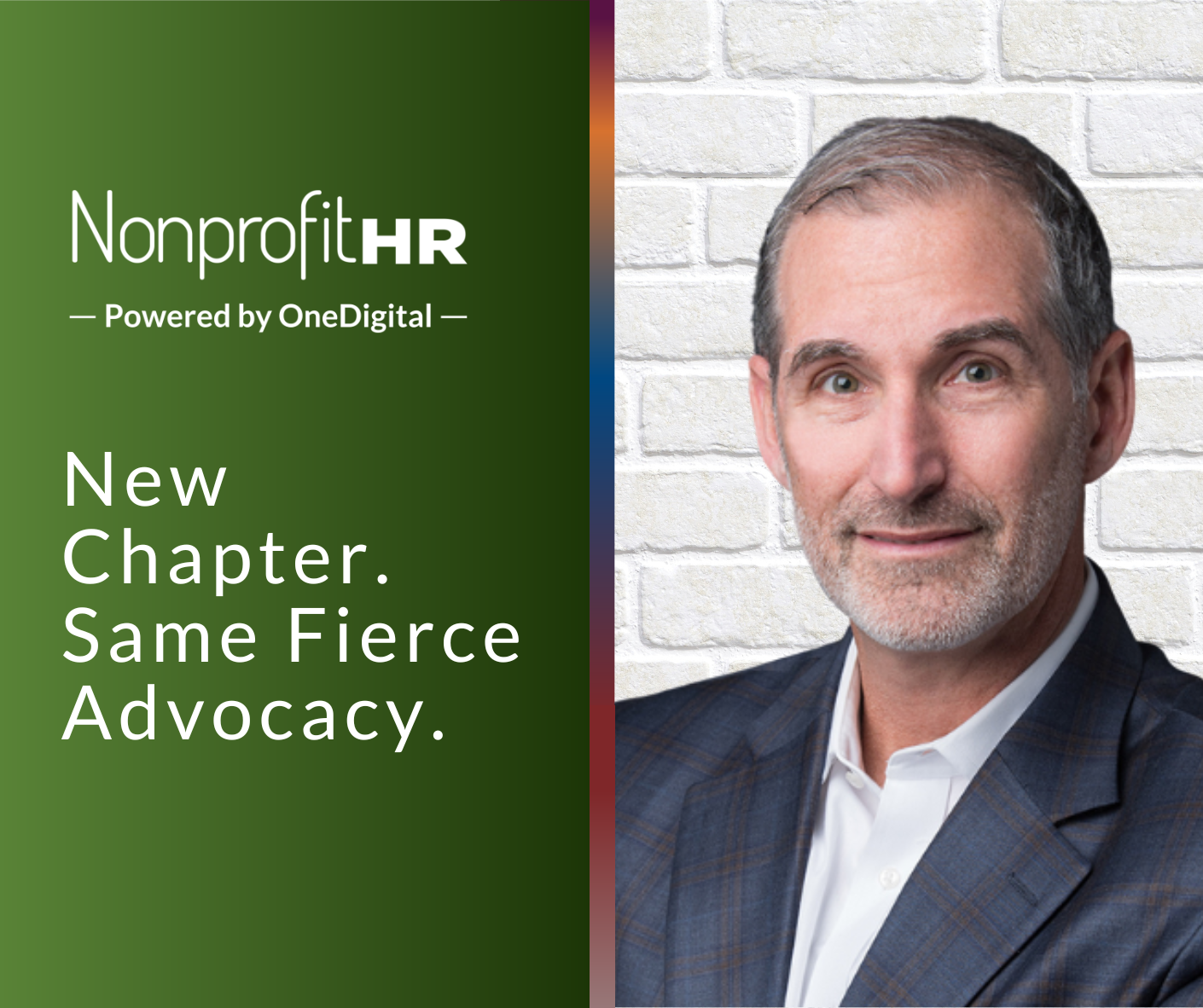WTOP: 5 ways nonprofits can…
The entire social impact talent management community plays a vital role in providing guidance, strategy and implementation support to their employees during periods of rapid change and uncertainty. Access Nonprofit HR’s Coronavirus Digital Information Portal for evolving news updates.

Keep these 10 points in mind as you tighten-up or create brand new crisis-management plans for your social impact organization
- Establish a procedure for notifying employees, suppliers, customers and clients in case of an emergency
- Designate one person to handle media questions
- Scout out alternative locations and equipment before you need them. Look into reciprocal arrangements with other businesses to share computers and work space
- Identify important business functions that must resume immediately. Determine what’s needed to restart them as quickly as possible
- Consider implementing a telework system, so key employees can continue working even if they have no access to your facilities. Engage your information technology staff or consulting team to figure out the necessary computer and phone systems
- Keep duplicates of both computerized and written records. Maintain copies of up-to-date inventory, customer lists and other important contacts in a secure off-site location
- Create an “evacuation box” containing important documents that you may need to grab in case of emergency
- Plan escape routes, post them and give copies to employees. Designate a meeting place outside the building
- Ask suppliers, subcontractors and outsourcing partners if they have disaster plans and whether they test them. List alternate suppliers that have continuity plans
- Update your disaster plan as you upgrade technology. Make managers aware of your plan. Test safety features (fire alarm, first-aid kits, etc.) at least once a year
Coronavirus Digital Information Portal
You don’t have to sort out the facts alone to determine the best steps to implement within your organization. Connect with our Total Rewards team for a no-cost mini-consultation.






























